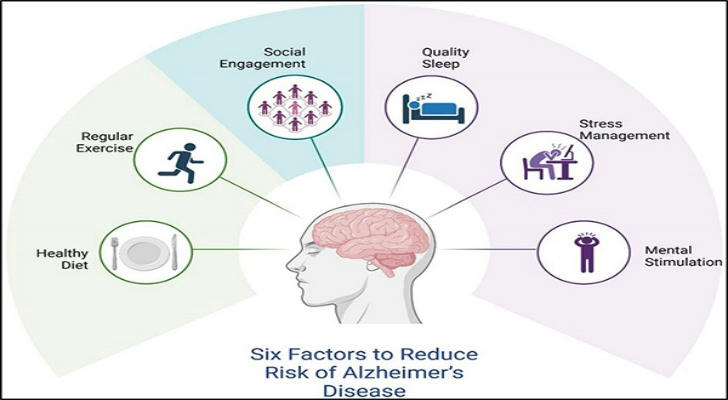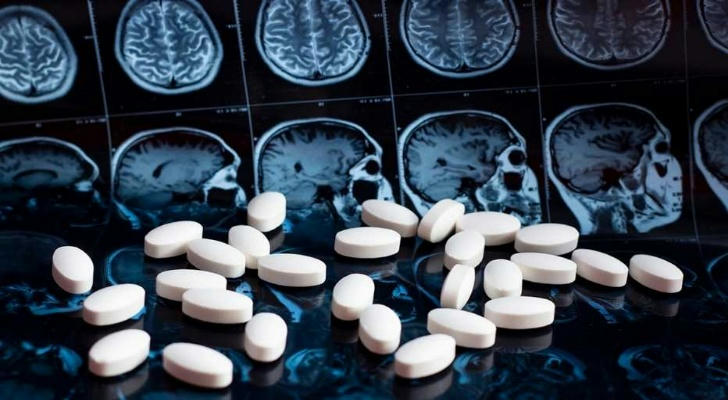Unveiling The Mystery Of Alzheimer Disease
Overview of Alzheimer's Disease
Alzheimer's disease (AD) is a progressive neurodegenerative disorder and the most common cause of dementia, accounting for 60% to 80% of dementia cases in older adults. First identified by Dr. Alois Alzheimer in 1906, the disease is characterized by a gradual decline in cognitive functions, particularly memory, language, and reasoning abilities. As the population ages, Alzheimer's disease is becoming an increasingly significant public health concern, with projections indicating that millions more will be affected in the coming decades.

Symptoms and Stages
The symptoms of Alzheimer's disease typically develop slowly and worsen over time. Early signs often include:
Memory Loss: Difficulty remembering recent events or conversations.
Cognitive Decline: Challenges in reasoning, problem-solving, and planning.
Language Problems: Struggles with finding words or following conversations.
As the disease progresses through three main stages—mild, moderate, and severe—the symptoms become more debilitating:
Mild Stage
In this initial stage, individuals may experience:
Forgetting names or appointments.
Difficulty with complex tasks or organizing activities.
Mild disorientation.
Moderate Stage
In the moderate stage, cognitive decline becomes more pronounced:
Increased memory loss affecting daily life.
Confusion about time or place.
Changes in mood or behavior, including anxiety and agitation.
Severe Stage
In the final stage of Alzheimer's:
Individuals may lose the ability to communicate effectively.
There is a complete dependence on caregivers for daily activities.
Physical abilities decline significantly, often leading to bedridden states.
The average life expectancy following an Alzheimer's diagnosis ranges from three to twelve years, although some patients may live longer depending on various factors such as overall health and care received145.
Biological Mechanisms
The underlying pathology of Alzheimer's disease involves several key biological changes in the brain:
Amyloid Plaques: These are clumps of protein fragments that accumulate between nerve cells. The presence of amyloid plaques is one of the hallmarks of Alzheimer's disease.
Neurofibrillary Tangles: These tangles are formed by abnormal collections of a protein called tau inside neurons. They disrupt the transport system within cells, leading to cell death.
Neuronal Loss: The disease leads to a significant loss of neurons and synapses in the cerebral cortex and other areas of the brain critical for memory and cognition.
These pathological features contribute to the progressive decline in cognitive function seen in individuals with Alzheimer's disease234.
Risk Factors and Causes
While the exact cause of Alzheimer's disease remains unclear, several risk factors have been identified:
Age: The risk increases significantly after age 65.
Genetics: Family history plays a role; certain genes have been associated with an increased risk.
Lifestyle Factors: Conditions such as obesity, diabetes, cardiovascular diseases, and lack of physical activity may increase risk.
Environmental Factors: Ongoing research is exploring potential links between exposure to toxins or viruses and the development of Alzheimer's67.

Diagnosis
Diagnosing Alzheimer's disease involves a comprehensive evaluation that includes:
Medical History: A detailed assessment of symptoms and family history.
Cognitive Testing: Standardized tests to evaluate memory, problem-solving abilities, attention, and language skills.
Physical Examination: To rule out other potential causes of cognitive impairment.
Brain Imaging: Techniques such as MRI or CT scans can help identify changes in brain structure associated with Alzheimer’s.
There is no single test for Alzheimer’s; instead, diagnosis is based on a combination of assessments35.
Treatment Options
Currently, there is no cure for Alzheimer's disease; however, several treatments can help manage symptoms:
Medications
Cholinesterase Inhibitors (e.g., Donepezil): These drugs can help improve memory and cognitive function by increasing levels of acetylcholine, a neurotransmitter involved in memory and learning.
Memantine: This medication helps regulate glutamate activity to improve memory and learning abilities.

Supportive Therapies
In addition to medications, supportive therapies play a crucial role:
Cognitive Therapy: Engaging patients in activities that stimulate thinking can help maintain cognitive function for longer periods.
Behavioral Interventions: Strategies to manage behavioral symptoms such as agitation or aggression are essential for improving quality of life.
Lifestyle Modifications
Encouraging physical activity, social engagement, and a healthy diet can also benefit individuals with Alzheimer’s disease by promoting overall brain health234.
Conclusion
Alzheimer's disease represents one of the most pressing health challenges facing society today. As advancements in research continue to emerge, understanding its complexities—from biological mechanisms to effective management strategies—remains crucial. With an aging population projected to increase the prevalence of this debilitating condition significantly over the coming years, ongoing awareness and research efforts are essential for improving outcomes for those affected by this devastating illness.
